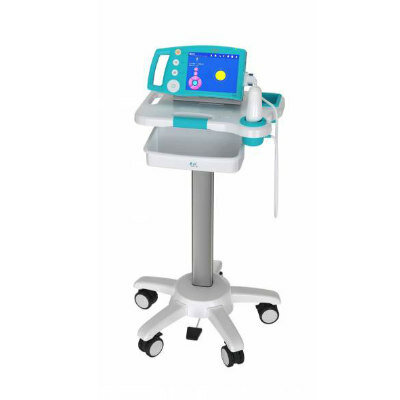MRI Provides Identification of Cerebral Malaria
By MedImaging staff writers
Posted on 03 Mar 2008
A new method using magnetic resonance imaging (MRI) to detect platelet accumulation in the microvasculature of the mouse brain modified with cerebral malaria (CM) has been developed.Posted on 03 Mar 2008
CM, which kills over three million individuals per year worldwide, is caused by infection with Plasmodium falciparum. One of the main causes of disease symptoms is the adherence of blood cells known as platelets to the small blood vessels (microvasculature) in the brain. Currently there is no way to detect such platelet accumulation until after the clinical signs of the disease are visible. However, Dr. Daniel Anthony and colleagues from the University of Oxford (UK) have devised the new MRI technique to overcome this obstacle.
In the study, a protein (known as a single-chain antibody) that specifically binds a region of the GPIIb/IIIa receptor that is expressed only on activated platelets was attached to microparticles of iron oxide. Using this contrast medium, it was possible to detect MRI-activated platelets in the brain of mice six days after they were infected with P. berghei. At this time after infection, clinical symptoms of the disease had not appeared and activated platelets in the brain could not be detected by conventional MRI. These findings led the investigators to suggest that targeted contrast media similar to the one described in their study might prove useful for diagnostic, mechanistic, and therapeutic analyses.
The study was published in the February 14, 2008, online version of the Journal of Clinical Investigation.
Related Links:
University of Oxford














